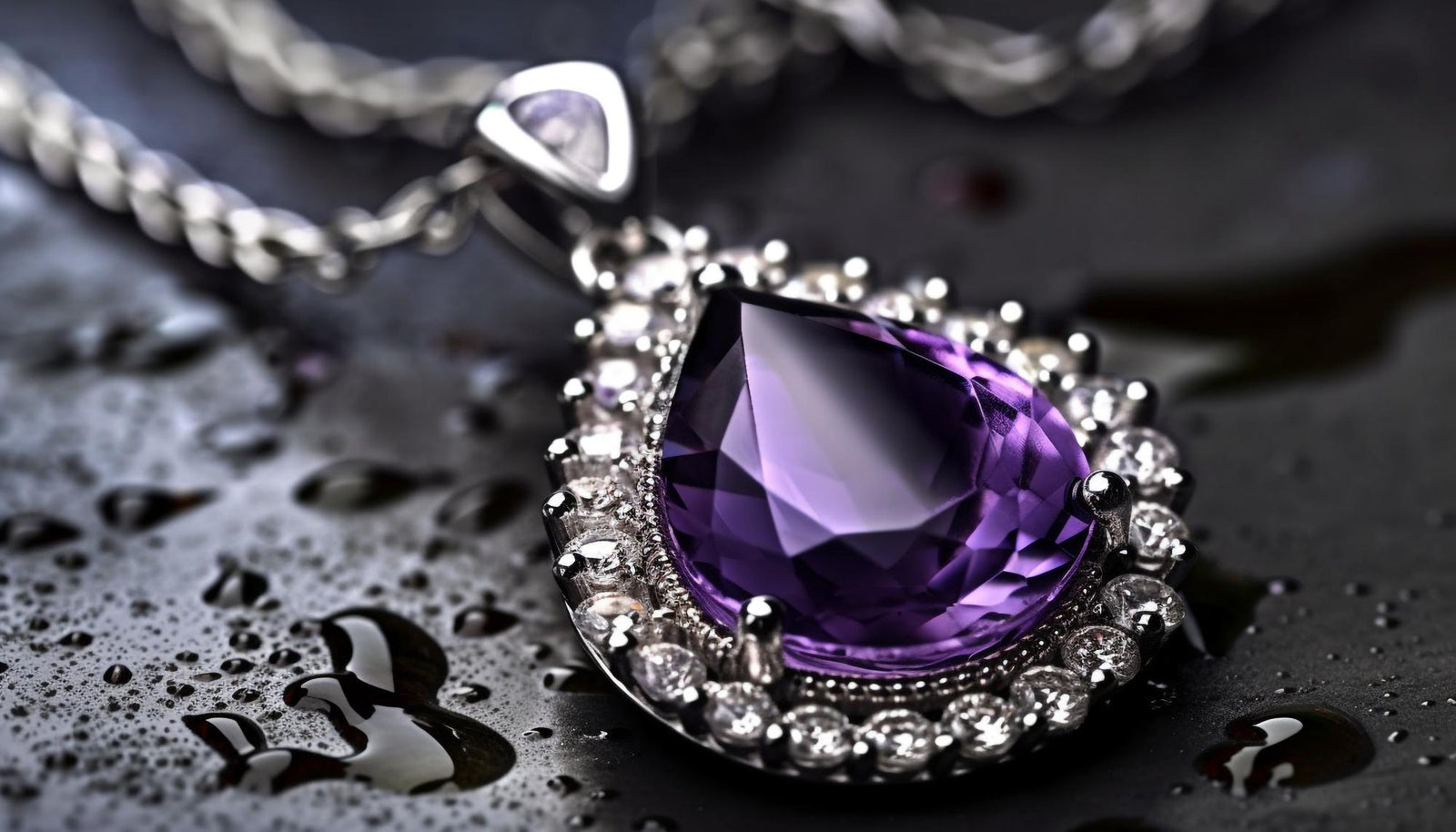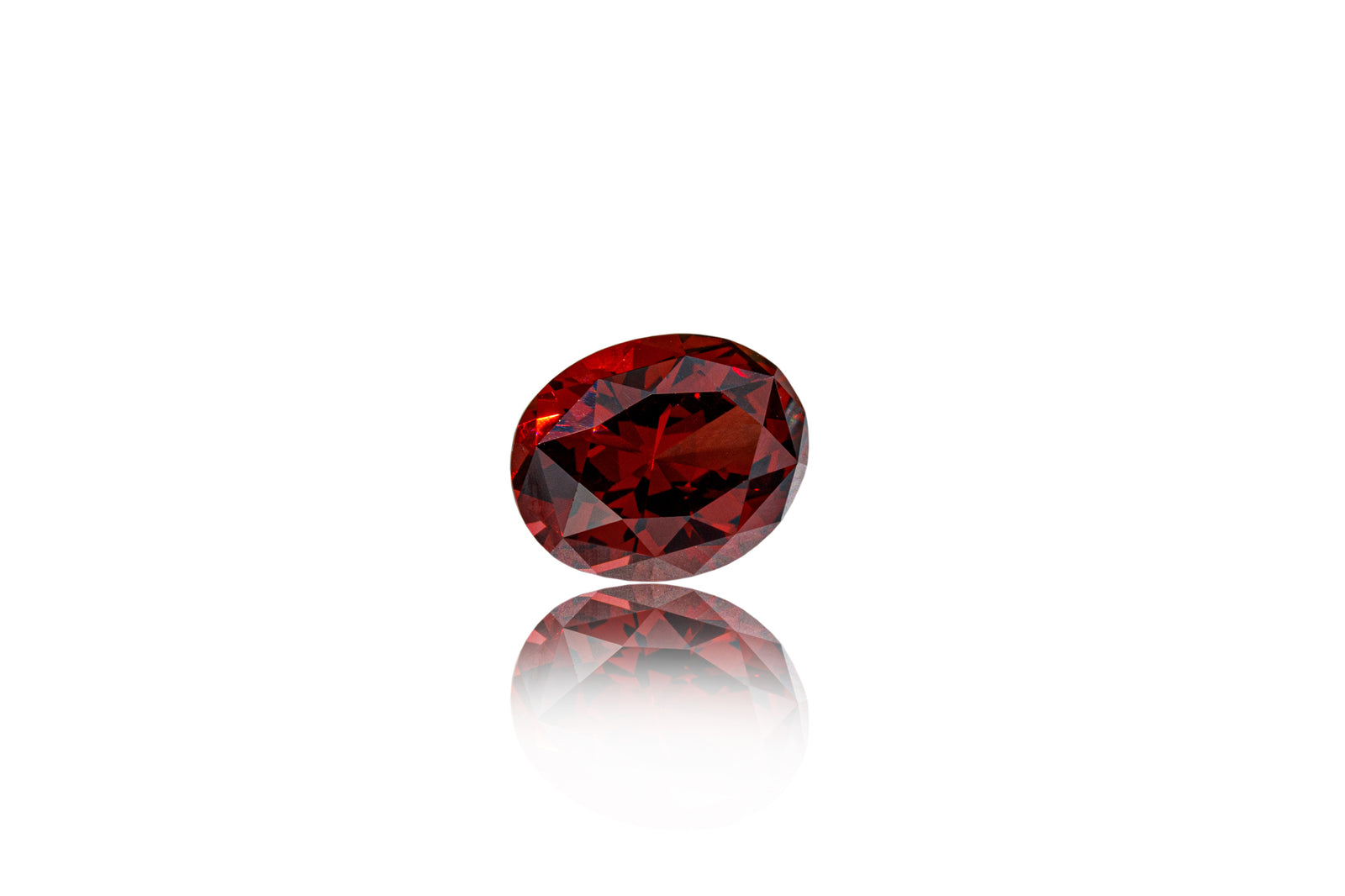The engagement ring is a symbol of love and commitment, and it has a long and fascinating history. The concept of engagement rings dates back thousands of years to ancient civilizations. The earliest known engagement rings date back to ancient Egypt, where they were worn by both men and women. Ancient Egyptians are believed to have started the tradition by exchanging rings made from woven reeds or braided hemp. These rings symbolized eternal love and were worn on the fourth finger of the left hand, as they believed a vein, known as the "vein of love," connected directly to the heart.
The tradition of giving an engagement ring to a prospective bride spread to other cultures throughout the centuries. This tradition gained further popularity during the Roman era. Romans introduced the concept of betrothal rings, which were usually made of iron. These rings represented a legal and binding agreement between two individuals and were a symbol of ownership rather than love.
In the Middle Ages, engagement rings became increasingly popular in Europe. They were often made of gold or silver and were decorated with precious stones which took on a deeper meaning. The most popular stone for engagement rings during this time was the ruby, which was believed to symbolize love and passion. The use of gemstones, particularly diamonds, in engagement rings was associated with power, eternity, and everlasting love.
The modern engagement ring can be traced back to the 15th century. In 1477, Archduke Maximilian of Austria was one of the first nobles to propose with a diamond ring, sparking a trend that would later be popularized by European aristocracy. This was the first well-documented case of a diamond engagement ring being given, and it set the standard for engagement rings ever since. However, it wasn't until the late 19th century, when diamond mines were discovered in South Africa, that diamonds became more accessible and synonymous with engagement rings.
In the early 20th century, the De Beers diamond company launched a highly successful advertising campaign with the famous slogan, "A Diamond is Forever." This marketing strategy solidified the connection between diamonds and engagement rings, making them a staple in Western culture. The diamond engagement ring became a symbol of everlasting love and commitment.
In recent years, engagement ring styles have diversified to reflect personal preferences and individuality. While the classic solitaire diamond ring remains popular, other gemstones, such as sapphires, emeralds, and rubies, have gained popularity, offering a unique and colorful alternative. Gemstones are also chosen for their symbolism. Rubies are a deep red gemstone and are associated with love and passion. Sapphires are a blue gemstone and are associated with loyalty and truth. Emeralds are a green gemstone and are associated with hope and new beginnings. Pearls are a white gemstone and are associated with purity and innocence. Additionally, alternative metal options and intricate designs have allowed couples to express their personal style and create one-of-a-kind engagement rings.
In conclusion, the history of engagement rings is a tale of cultural traditions, symbolic meanings, and evolving customs. From the ancient Egyptians to modern times, engagement rings have evolved to become a cherished symbol of love and commitment. Whether adorned with diamonds or other gemstones, engagement rings continue to represent the eternal bond between two individuals embarking on a lifelong journey together.




















